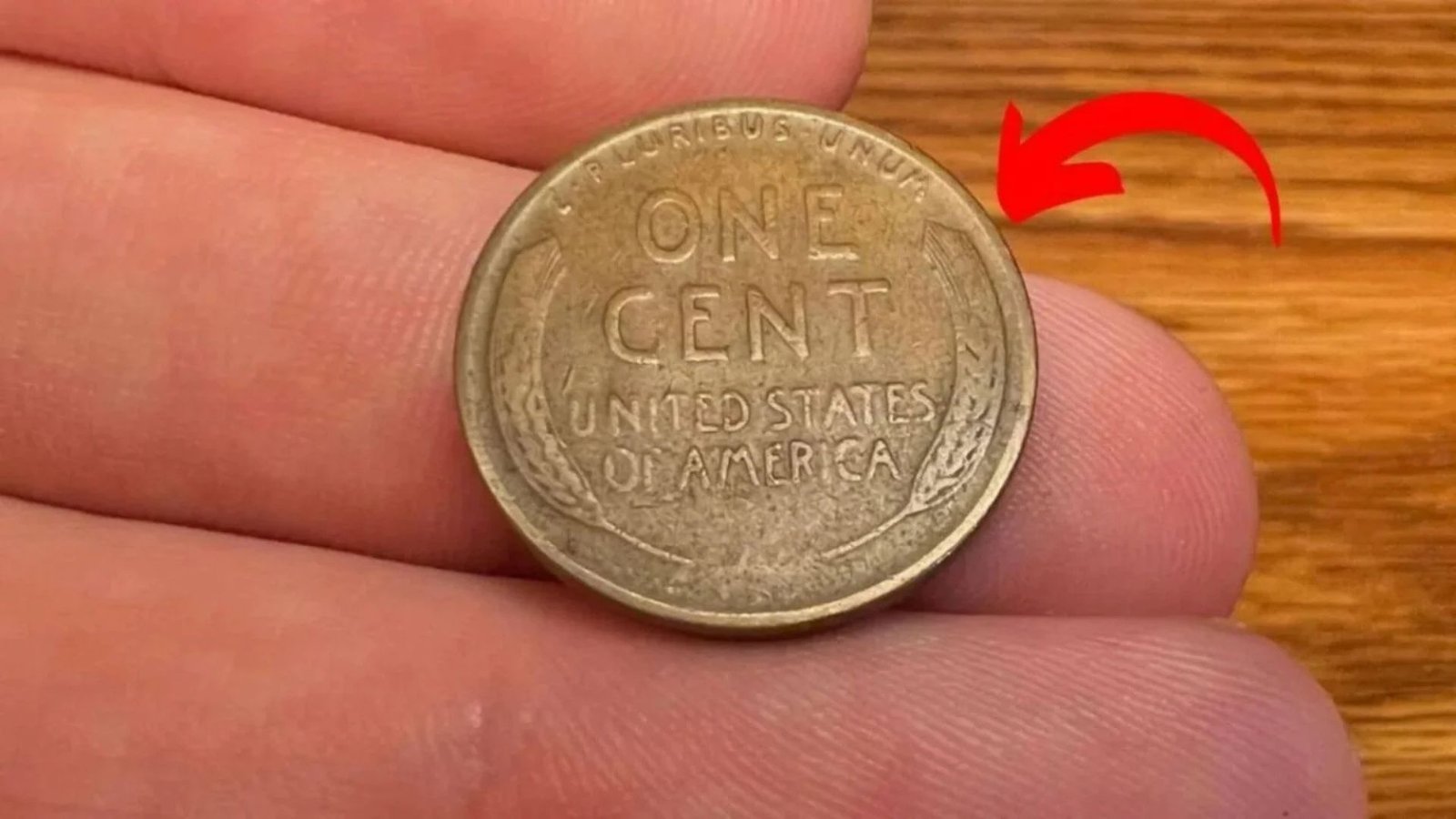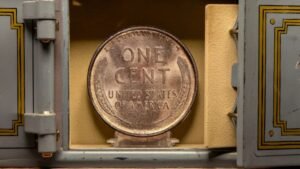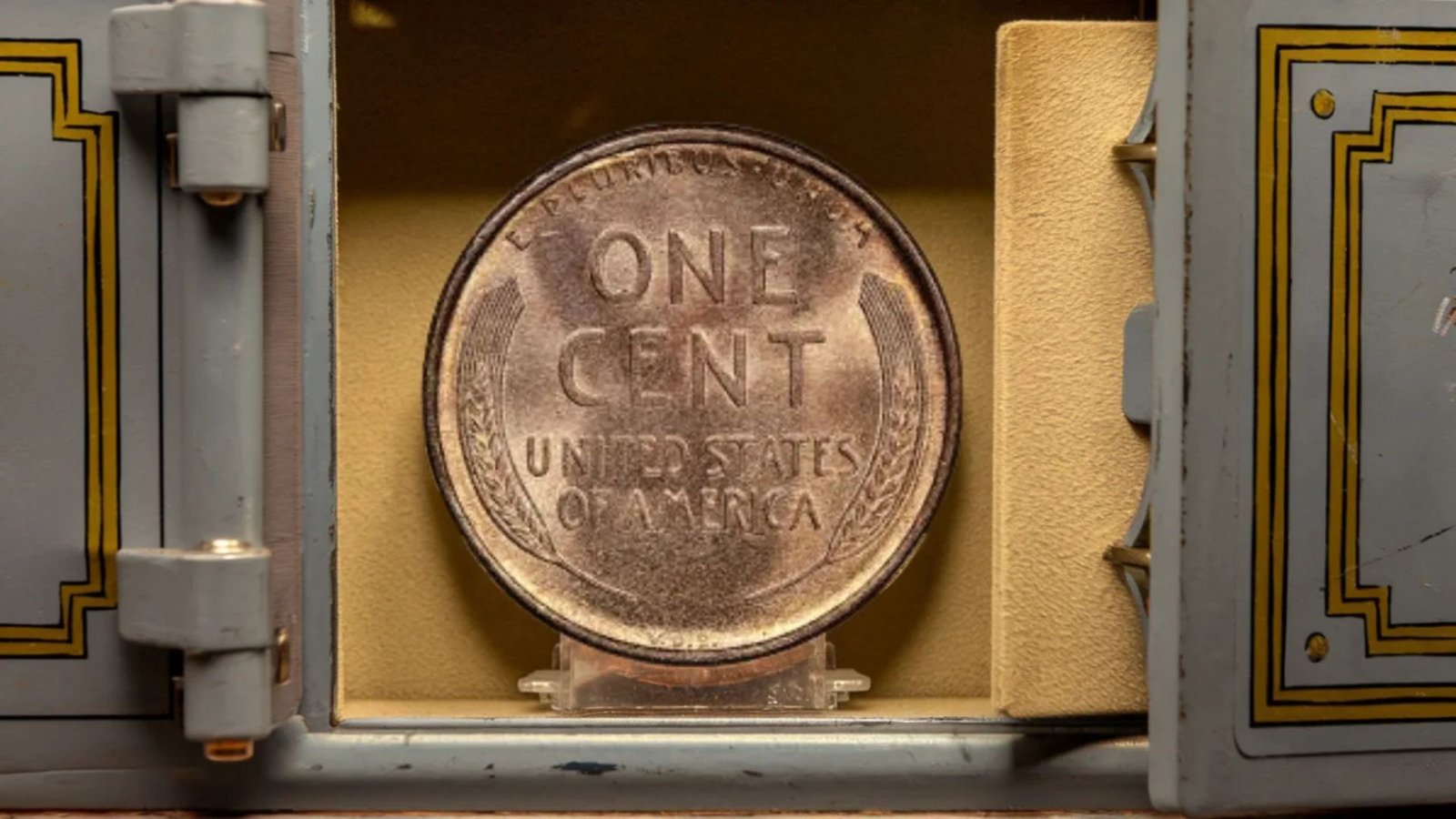Imagine reaching into your pocket for a penny to toss into a wishing well, only to discover that the humble coin in your hand is worth nearly a million dollars. Sounds like a fairy tale, right? But for the Lincoln Wheat Penny, this dream could be reality. Valued at up to $960,000, some rare versions of this iconic coin are still in circulation, waiting to be found in coin jars, piggy banks, or even your loose change.
In this article, we’ll dive into the fascinating story of the Lincoln Wheat Penny, explore why certain versions are so valuable, and share practical tips on how to spot one. Whether you’re a coin collector or just curious about hidden treasures, this guide is packed with expert insights, real-life stories, and research-backed data to spark your imagination and maybe even inspire a treasure hunt.
What Is the Lincoln Wheat Penny?
The Lincoln Wheat Penny, often called the “Wheat Penny,” is a small copper coin minted by the U.S. Mint from 1909 to 1958. It was introduced to celebrate the 100th anniversary of President Abraham Lincoln’s birth, making it the first U.S. coin to feature a real historical figure instead of symbolic figures like Lady Liberty. Designed by sculptor Victor David Brenner, the coin showcases Lincoln’s profile on the front (obverse) and two wheat stalks on the back (reverse), symbolizing America’s agricultural prosperity.
While billions of these pennies were produced, certain rare versions have become the holy grail for collectors. Their value comes from a combination of minting errors, limited production, and historical significance. One such coin, valued at $960,000, has captured headlines and fueled dreams of striking it rich with pocket change.
Why Is the Lincoln Wheat Penny Worth $960,000?
So, what makes a penny worth almost a million dollars? It’s all about rarity, condition, and a touch of historical magic. Here are the key factors driving the value of these rare Wheat Pennies:
Rarity Due to Minting Errors
During World War II, copper was critical for war materials, so in 1943, the U.S. Mint switched to zinc-coated steel for penny production. However, a few copper blanks from 1942 accidentally made it into the 1943 presses, creating the ultra-rare 1943 copper penny. Fewer than 20 of these error coins are known to exist, and one sold for $960,000 at auction.
Limited Mintage
Certain years and mint marks, like the 1909-S VDB (San Francisco mint with Brenner’s initials) or the 1914-D, had low production runs. For example, only 484,000 1909-S VDB pennies were minted before public criticism led to the removal of Brenner’s initials, making them incredibly scarce.
Pristine Condition
Condition is everything in coin collecting. A penny in “mint state” (uncirculated, with no wear) can be worth exponentially more than a worn one. Coins graded by professional services like PCGS or NGC in high grades (e.g., MS-65 or above) command top dollar. A 1943 copper penny in pristine condition could easily hit the $960,000 mark.
Historical Significance
The Wheat Penny’s production spanned major historical events, from the Great Depression to World War II. Coins tied to these periods, especially those with wartime errors, carry a story that resonates with collectors. The 1943 copper penny, for instance, is a tangible piece of WWII history.
Real-Life Stories: Finding a Million-Dollar Penny
The idea of finding a $960,000 penny in circulation isn’t just a pipe dream—it’s happened before. In 2019, a Massachusetts family discovered a 1943 copper penny in their late father’s collection. Initially unaware of its value, they had it authenticated and sold it for over $200,000. Experts believe even more valuable specimens could still be out there, unnoticed in coin rolls or old jars.
Another story comes from a teenager in 1947 who received a 1943 copper penny as change at his school cafeteria. Decades later, after authentication, it was valued at over $1 million. These stories highlight the thrilling possibility that a life-changing coin could be hiding in plain sight.
How to Spot a Valuable Lincoln Wheat Penny
Ready to check your change? Here’s a step-by-step guide to identifying a potentially valuable Wheat Penny:
Step 1: Check the Date and Mint Mark
Look at the year on the coin. Key dates to watch for include 1909-S VDB, 1914-D, 1922 (No D), 1931-S, 1943 (copper), and 1955 (double die). The mint mark, a small letter under the date, indicates where the coin was made: “S” for San Francisco, “D” for Denver, or no mark for Philadelphia. Rare mint marks like 1909-S or 1914-D are especially valuable.
Step 2: Perform the Magnet Test
For 1943 pennies, use a magnet. Most 1943 pennies are steel and will stick to a magnet. If your 1943 penny doesn’t stick and has a reddish-brown copper color, it could be the rare copper version worth a fortune.
Step 3: Look for Minting Errors
Examine the coin for errors like:
- Double Die: Doubled lettering or numbers, especially on 1955 pennies.
- Off-Center Strikes: Designs that are misaligned.
- Wrong Planchet: Coins struck on the wrong metal, like the 1943 copper penny.
Step 4: Assess Condition
Check for wear. A coin with sharp details and original luster is worth more. Avoid cleaning the coin, as it can reduce its value. Store it in a protective holder and handle it by the edges to preserve its condition.
Step 5: Get It Authenticated
If you suspect you have a rare penny, take it to a professional grading service like PCGS or NGC. They’ll verify authenticity, grade the coin, and provide a tamper-proof holder, increasing its marketability.
Where to Find Valuable Wheat Pennies
Valuable Wheat Pennies can turn up in surprising places:
- Coin Rolls from Banks: Request rolls of pennies and search through them.
- Estate Sales and Flea Markets: Old coin collections often hide treasures.
- Inherited Collections: Check coins passed down from relatives.
- Pocket Change: Rare coins sometimes appear in everyday transactions.
Coin dealer John Johnson, an expert in rare U.S. coins, advises, “Always check your change, especially from small businesses or older cash registers. You’d be amazed at what slips through unnoticed.”
The Risks: Avoiding Scams and Fakes
With high-value coins come risks. Counterfeiters often try to pass off altered coins as rare errors. For example, some have plated steel 1943 pennies with copper to mimic the rare version. Always verify with a reputable grading service before buying or selling.
Additionally, beware of inflated claims. Listings like a 1920 Wheat Penny for $990,000 have raised red flags due to lack of authentication or unrealistic valuations. Stick to trusted dealers or auction houses like Heritage Auctions for safe transactions.
Why Collectors Love the Lincoln Wheat Penny
Beyond their monetary value, Wheat Pennies hold a special place in collectors’ hearts. Each coin is a snapshot of American history, passing through hands during the Roaring Twenties, the Great Depression, and WWII. For many, collecting these coins is about preserving a legacy, not just chasing wealth.
As numismatist Sarah Miller puts it, “Wheat Pennies are more than coins—they’re tiny pieces of art and history. Holding one feels like holding a moment in time.” This emotional connection drives the hobby and keeps collectors searching for that next big find.
FAQ: Your Questions About the Lincoln Wheat Penny Answered
What makes the Lincoln Wheat Penny so valuable?
The value comes from rarity (e.g., low mintage or minting errors like the 1943 copper penny), pristine condition, and historical significance. Some have sold for up to $960,000 due to these factors.
How can I tell if my 1943 penny is copper?
Use a magnet. Steel 1943 pennies stick; copper ones don’t. Also, check for a reddish-brown color and have it authenticated by PCGS or NGC.
Are all Wheat Pennies worth a lot?
No, most are worth a few cents. Only specific years, mint marks, or error coins (like 1943 copper or 1955 double die) are highly valuable.
Where can I sell a rare Wheat Penny?
Sell through trusted auction houses (e.g., Heritage Auctions), reputable coin dealers, or online platforms like eBay, but always get the coin graded first.
Is it legal to own a 1943 copper penny?
Yes, it’s legal to own and sell these coins, as they were accidentally released into circulation by the U.S. Mint.
Final Thoughts: Could You Be Holding a Fortune?
The Lincoln Wheat Penny valued at $960,000 is more than a coin—it’s a reminder that treasures can hide in the most ordinary places. Whether you’re sifting through a coin jar or checking your change at the grocery store, a single penny could change your life. With a bit of knowledge and a keen eye, you might just uncover a piece of history worth a fortune.
So, next time you spot a penny, don’t just toss it aside. Take a closer look. Check the date, test it with a magnet, and dream big. Who knows? You could be holding the key to a $960,000 payday. Happy hunting!














